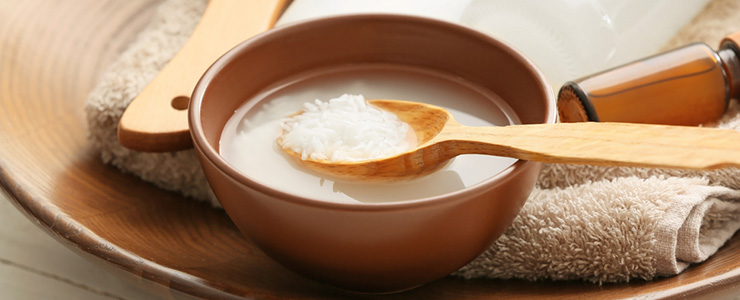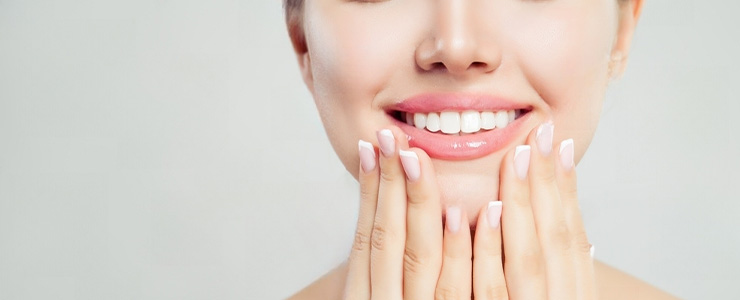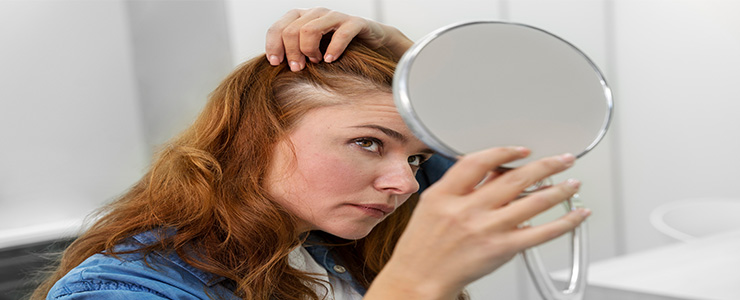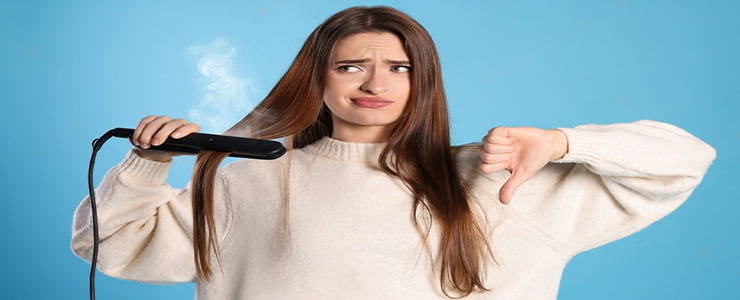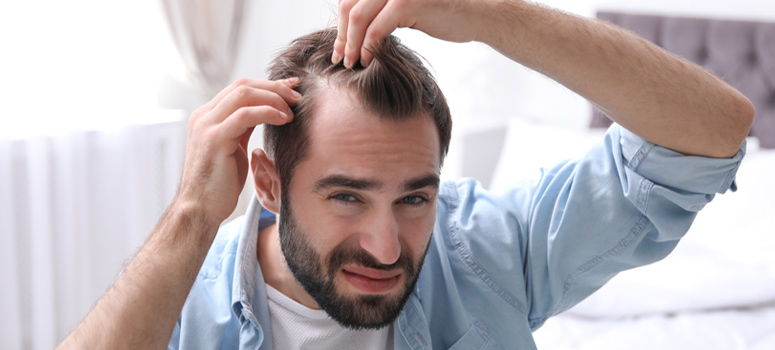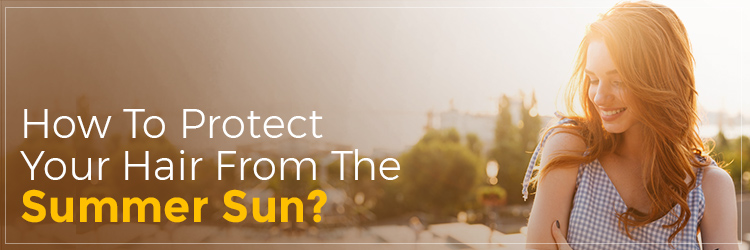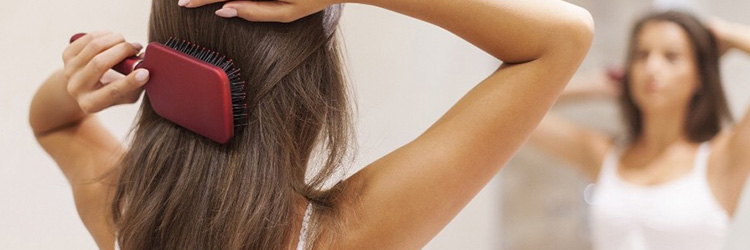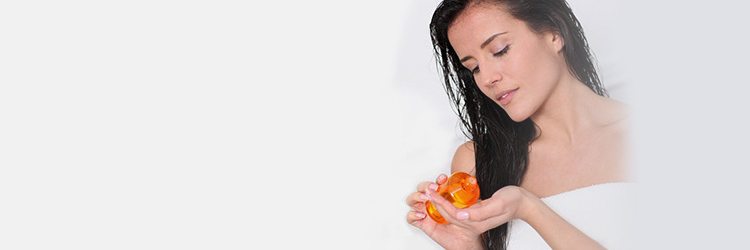If your scalp feels ticklish and itchy as though something is moving in your hair, you probably have a case of head lice infestation. It isn’t a very serious condition but scores high on the repulsion factor.
What is it?
A lice infestation, called pediculosis capitis, is a skin condition whose perpetrators are tiny wingless insects, the size of a sesame seed (their eggs, or nits, being even smaller). They live on your scalp and feed off your blood.
Here’s what you must know:
Highly-contagious
Any form of physical contact, may lead to the louse crawling onto your head. It includes touching your head to one who is already infected, sharing their towel, clothing and bedding or using their comb, hairbands and hats.
Susceptibility
Little children are the most susceptible. They play together and share items, which promotes spreading of the infestation. Families of school children and those who work there are also at risk.
How to treat it?
-
- OTC (Over the counter) medication –
- Pyrethrin – A pesticide that is derived from chrysanthemum flowers.
- Permethrin (Nix) – A synthetic pesticide, similar to pyrethrin.
- Both are approved for use in people 2 months old and older.
- Prescription treatments –
- Benzyl alcohol lotion (Ulesfia) – An aromatic alcohol used safe for children who are 6 months and older.
- Malathion (Ovide) – An organophosphate pesticide, used to treat lice in children who are 6 years or older. It is not recommended for women who are pregnant or breast-feeding. Plus, it is highly inflammable.
- Lindane – An organochloride pesticide, available in lotion or shampoo forms. Lindane however can cause serious side effects, including seizures and death. So, avoid it till the very end.
- Home remedies –
- OTC (Over the counter) medication –
One of the most preferred methods is using a fine-toothed lice comb to remove lice and nits
Additionally, go in for a neem oil treatment – the neem contains azadirachtin, an agent that kills lice.
Prevention:
- Wash bed sheets, pillow covers, scarves, clothes, towels and other clothing and linen that may have been infested
- Do not share combs and brushes – the used ones should be soaked in hot, soapy water
- Vacuum upholstery including car seats and sofas
Daily hair care and cleanliness is an absolute necessity to prevent the menace from recurring!




